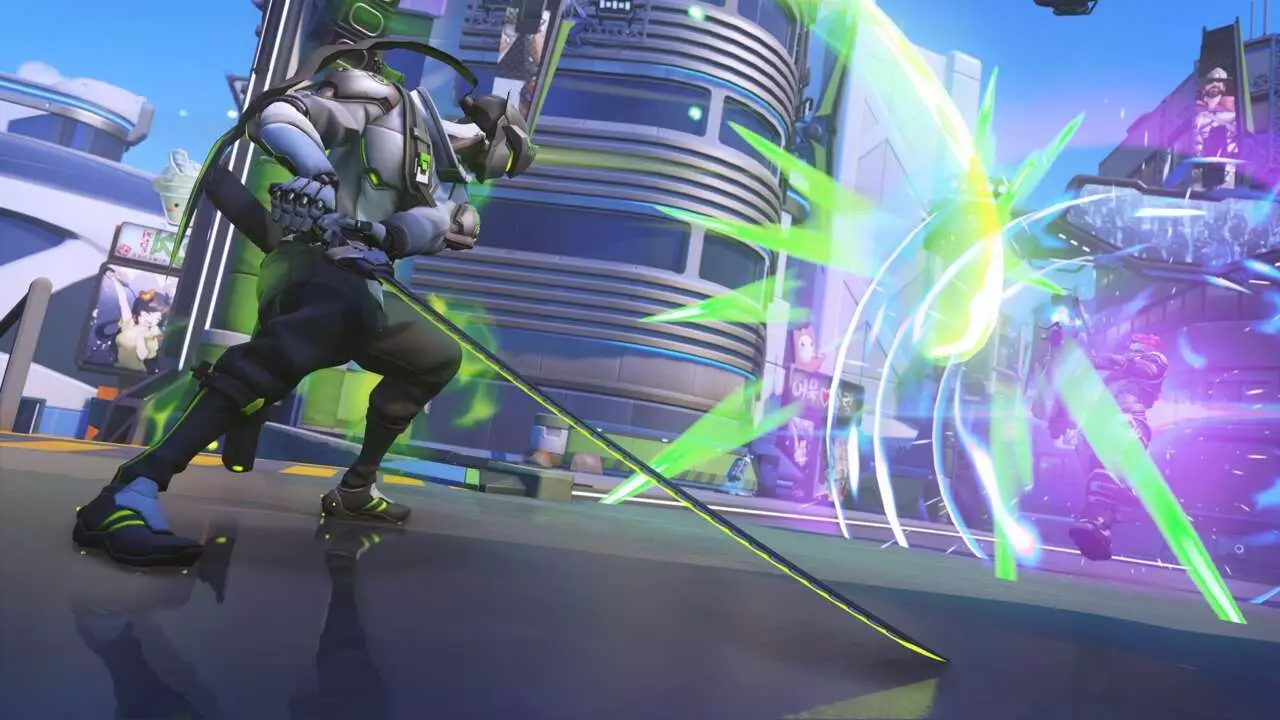Blizzard Entertainment has continuously pushed the boundaries of the gaming experience, especially with the popular hero shooter, Overwatch 2. As we look ahead to 2025, the development team is unveiling an innovative gameplay mode named Stadium. This marks a significant departure from the existing formats and will introduce a myriad of new strategies and mechanics for players. Stadium aims to carve its own niche within the Overwatch ecosystem, establishing itself as a compelling alternative to the well-trodden paths of Quick Play and Competitive modes.
Stadium brings a competitive twist to the Overwatch universe, implementing a round-based gameplay structure. Characters will evolve through the match using a currency system, allowing for a degree of customization typically associated with multiplayer online battle arenas (MOBAs). Players will engage in a “best of seven” format, where they not only fight for victory but also strategically invest in their heroes’ abilities and stats during pre-round phases. This dynamic adds depth, encouraging players to consider both immediate tactics and long-term strategy.
The inclusion of a third-person camera is a noteworthy innovation that aligns with current trends in gaming. This perspective shift, previously utilized successfully in titles like Marvel Rivals, opens up new horizons for players who enjoy a more extensive view of their surroundings. Moreover, for purists who prefer the traditional first-person experience, Overwatch 2 retains that option, ensuring that the gameplay can cater to diverse preferences.
Customizing Heroes Through Economic Strategies
What sets Stadium apart from traditional Overwatch modes is its economic layer. Players accumulate currency through combat achievements such as kills, assists, and overall contribution in terms of damage or healing. The bounty system also rewards skill: targeting high-performing opponents provides additional incentives, fostering a competitive spirit and strategic depth among teams.
During the pre-round phase, players can spend their accrued currency on various upgrades, ranging from straightforward enhancements like increased health or speed to more intricate abilities that modify existing hero skills. This twist will likely reshape gameplay strategies, pushing players to adapt their approaches in real-time based on their opponents’ purchases and performance.
However, this shift could evoke mixed feelings among the player base. The challenge lies in balancing the game mechanics to prevent any particular hero from becoming overwhelmingly advantageous, which could lead to frustrations among players used to the more straightforward combat of existing modes.
Blizzard has indicated that to ensure competitive integrity, Stadium will initially feature only 14 heroes. This decision underscores the developers’ understanding of competitive balance—a critical aspect that could determine the mode’s success. By limiting the roster at the outset, Blizzard aims to carefully assess hero interactions and the effectiveness of each hero’s modifications before rolling out additional characters in subsequent updates.
The commitment to balance illustrates Blizzard’s dedication to fostering a competitive environment, which is essential to keeping players engaged long-term. However, as seen in other gaming communities, balancing such complex systems in competitive entertainment can prove to be a daunting task.
The introduction of Stadium is not the only development on the horizon for Overwatch 2 in 2025. Loot boxes, which were originally phased out upon the game’s transition to a free-to-play model, are set to make a return. This move has sparked discussions about monetization strategies and what it means for player engagement and satisfaction.
Furthermore, the new gameplay system called Perks will allow players to enhance their gameplay through ability-altering bonuses, creating yet another layer of customization that players can explore during matches. The anticipation of new heroes, including Freya and Aqua, adds to the excitement surrounding the game, promising to inject fresh narratives and mechanics into the Overwatch universe.
Stadium is a bold step forward for Overwatch 2, and while its experimental nature may excite many, it presents a challenge for Blizzard in terms of execution and balance. The merging of diverse game mechanics may either create a new wave of engaging experiences or lead to complications if not handled adeptly. As the community awaits the launch, one thing is clear: the future of Overwatch 2 is evolving, and players will be keen to participate in what could be a thrilling next chapter in this expansive world.


Leave a Reply